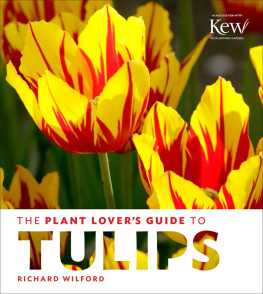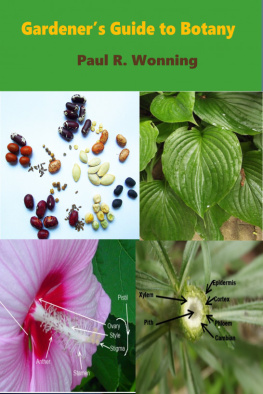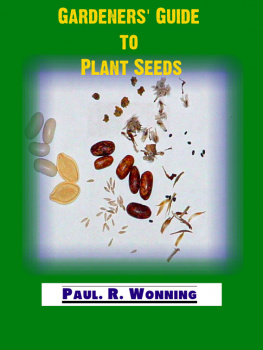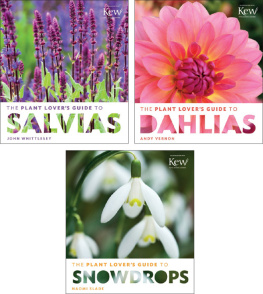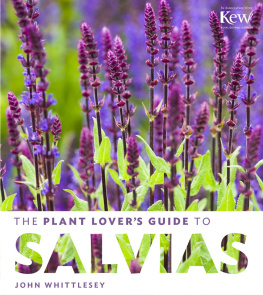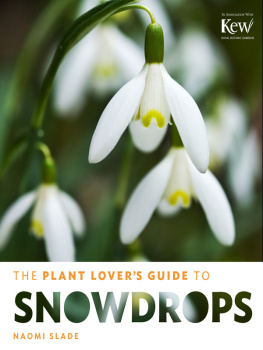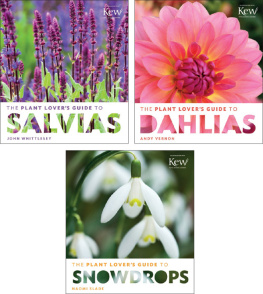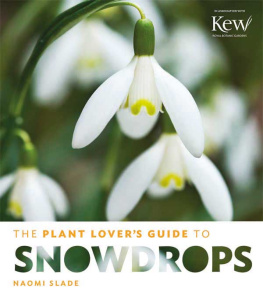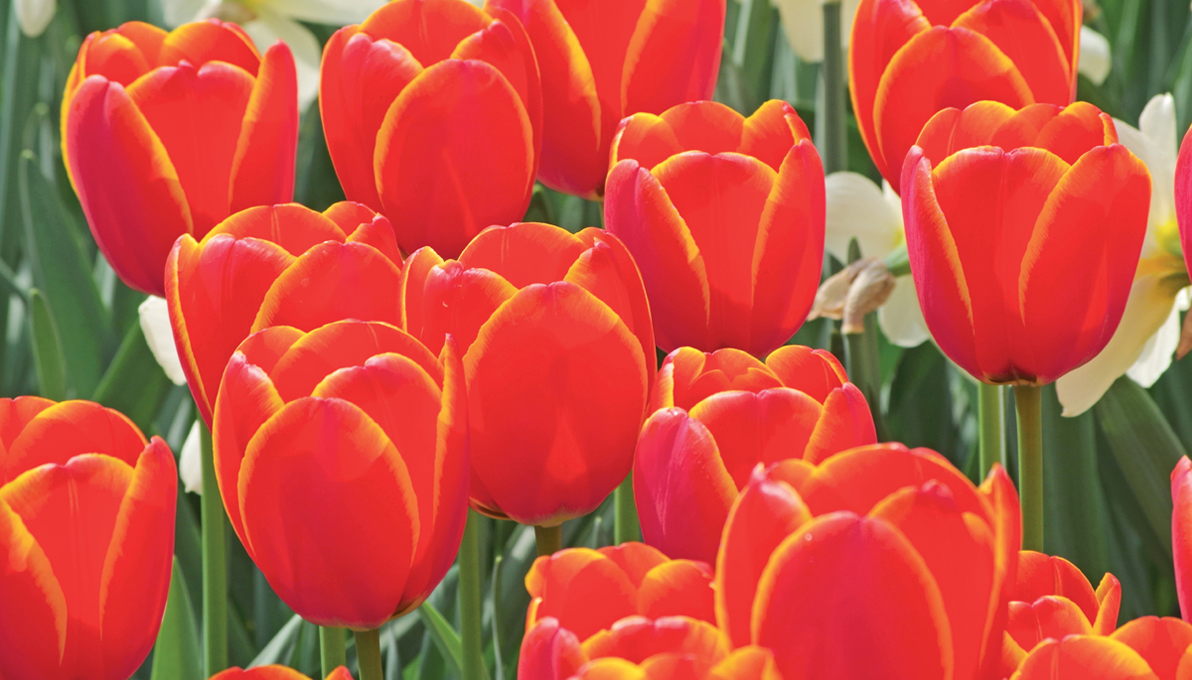
THE PLANT LOVERS GUIDE TO TULIPS
RICHARD WILFORD
TIMBER PRESS
PORTLAND LONDON
CONTENTS
WHY I LOVE TULIPS
How can you not love a perfect display of bright, pristine tulips, basking in the warmth of the spring sunshine?
The richness of their colours and the variety of their flower shapes make tulips endlessly fascinating. It may not be love at first sight, but the allure of these plants will creep up on you and before you know it, you are seeking out new varieties, experimenting with different colour combinations, and finding new places to try tulips in your garden.
I first started paying attention to tulips when I was looking after the bulb collections at the Royal Botanic Gardens, Kew. One of the cold frames was home to a collection of tulip species growing in clay pots. I watered them, repotted them every autumn, and put them out on display when they flowered, as I did with all the other bulbs. Not until I saw a tulip growing in the wild, however, did I really start to take more notice.
It was on the Mediterranean island of Crete that I saw my first wild tulip. It was tinya delicate, pale pink flower, almost white, held on a short stem above two narrow leaves. Its name was Tulipa cretica and it seemed to be growing straight out of a rock, surviving on the bare minimum of soil.
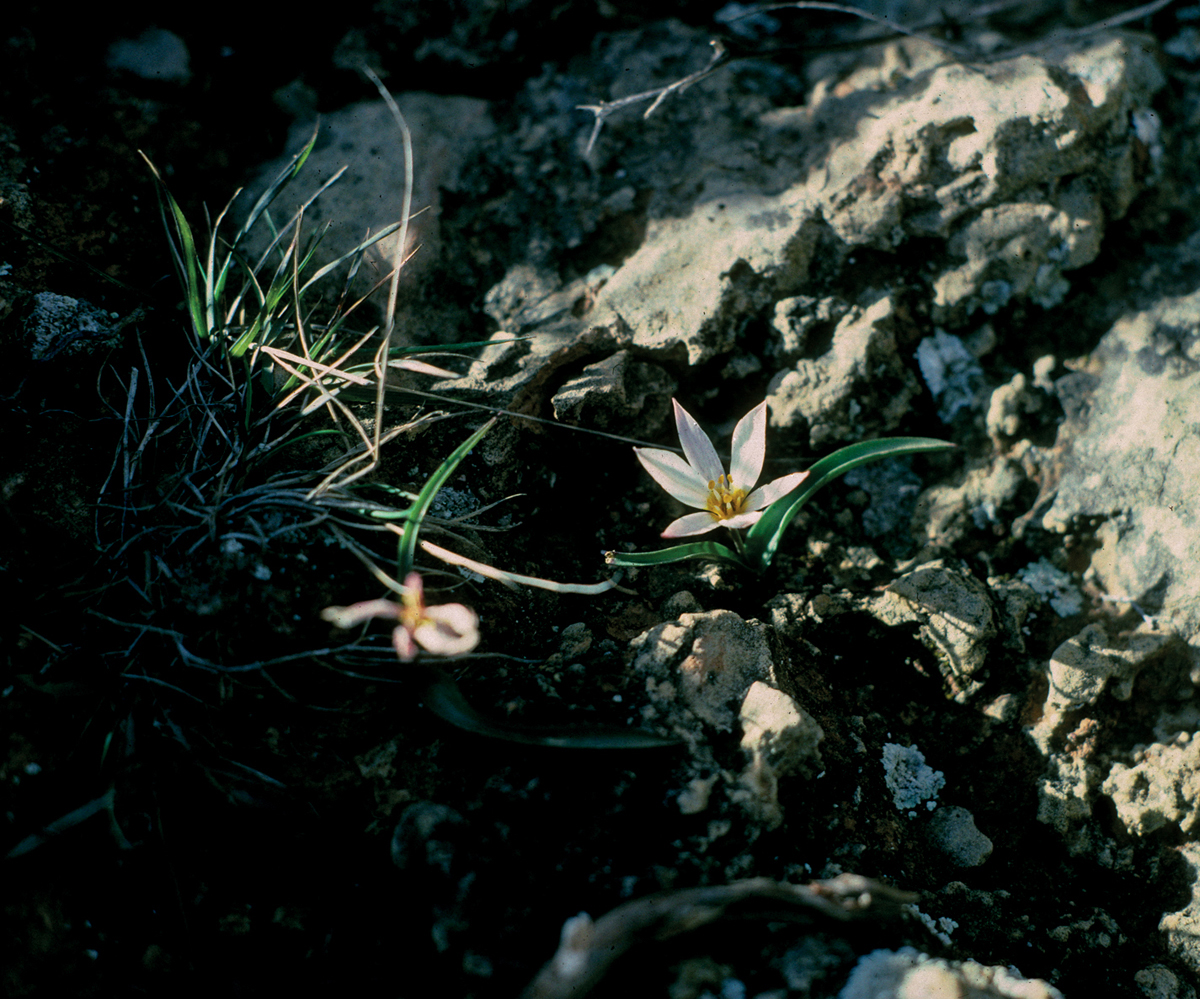
My first wild tulip, Tulipa cretica, growing out of a rock on the Mediterranean island of Crete
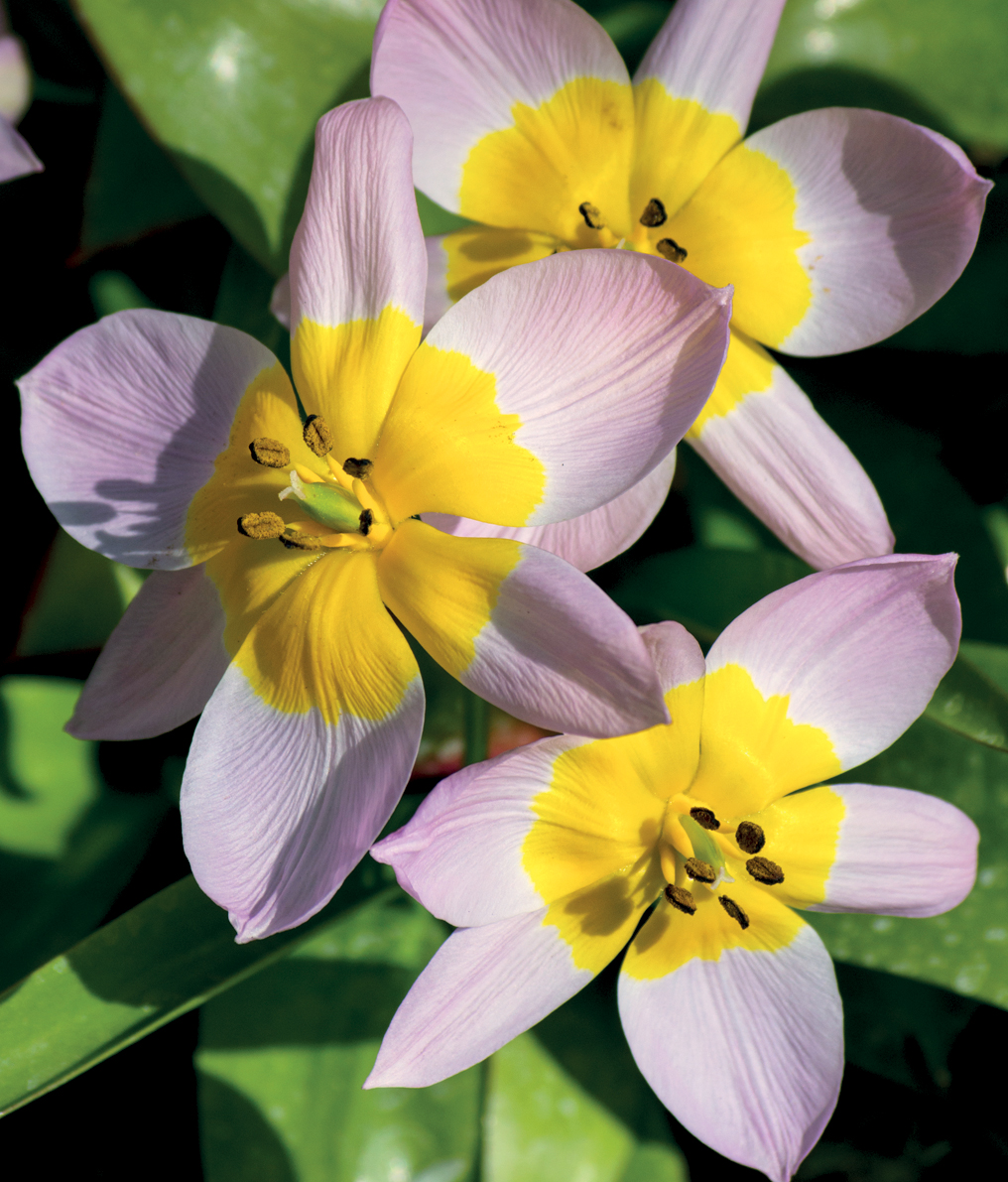
The pink-and-yellow blooms of Tulipa saxatilis
The Cretan summer is long, hot, and dry, yet this little plant was going to live through it until the autumn rains arrived. It could do this because it grows from a bulb, and before the summer hit, it would retreat back to that bulb, hidden from the sun and needing no water.
What seemed so remarkable to me was how this miniscule flower was related to the showy bedding tulips I was used to seeing in parks and gardens. I saw other tulips on Crete that were larger and more brightly coloured, such as the pink-and-yellow Tulipa saxatilis, growing on the cliffs of a gorge or scattered through high-altitude meadows, but still they seemed remote from the garden tulips back home, which I found intriguing. I was beginning to fall for them.
Another turning point was a visit to Keukenhof in the Netherlands a few years later. This garden is devoted to bulbs, and in mid to late spring, it is the tulips that steal the show, and they really do put on a show. It is almost too much. There must be thousands and thousands of tulips all flowering at once. As you turn each corner, another stunning display confronts you. My experience at Keukenhof was the complete opposite of my encounter with the tiny tulip on Crete. Up to that point, I had been dismissive of tulips in bedding, but now I was well and truly hooked. This is how tulips should be grown and are grown in many gardens worldwide.
Bulbs are the perfect way for a plant to survive a long, dry summer, and they are easily transported when they are dormant, which is how tulips have found their way all over the world. Festivals, like those held in the Skagit Valley (United States) and Ottawa (Canada), celebrate the tulip with massed displays. The parks of Istanbul, where the craze for tulips has been reignited in recent years, are filled with millions of tulips every spring. In the United Kingdom, gardens devote space to tulips for their own festivals, bringing in visitors who marvel at the spectacle. Tulip festivals can be found across the globe from North America to South Korea, Japan, and Australia. Everyone, it seems, loves a tulip.
This love of tulips isnt new. The plants have been cultivated in Europe for well over 400 years, and before that they were celebrated in Constantinople (present-day Istanbul), in the days of the Ottoman Empire. It was the Dutch who perfected the cultivation and commercialization of the tulip once it had arrived from Turkey. They hybridized and selected tulips, producing new varieties by adding new species found in Central Asia into the mix. Carpets of bulbs now cover the flat fields of the Netherlands in spring, and the vast majority of tulips for sale today come from there.
Bedding isnt the only way to grow tulips, though. It is becoming more frequent to see them in mixed borders, growing alongside other spring perennials and bulbs or filling a gap before summer flowers bloom. More and more gardeners are growing tulips this way, notably in the Sussex garden of the late Christopher Lloyd, at Great Dixter in the United Kingdom. Here they are treated as border perennials, lifted for the summer but replanted in autumn to combine with a varied mix of spring flowers.

The dusky orange flower of Tulipa orphanidea Whittallii Group, from Turkey, one of my favourite tulip species
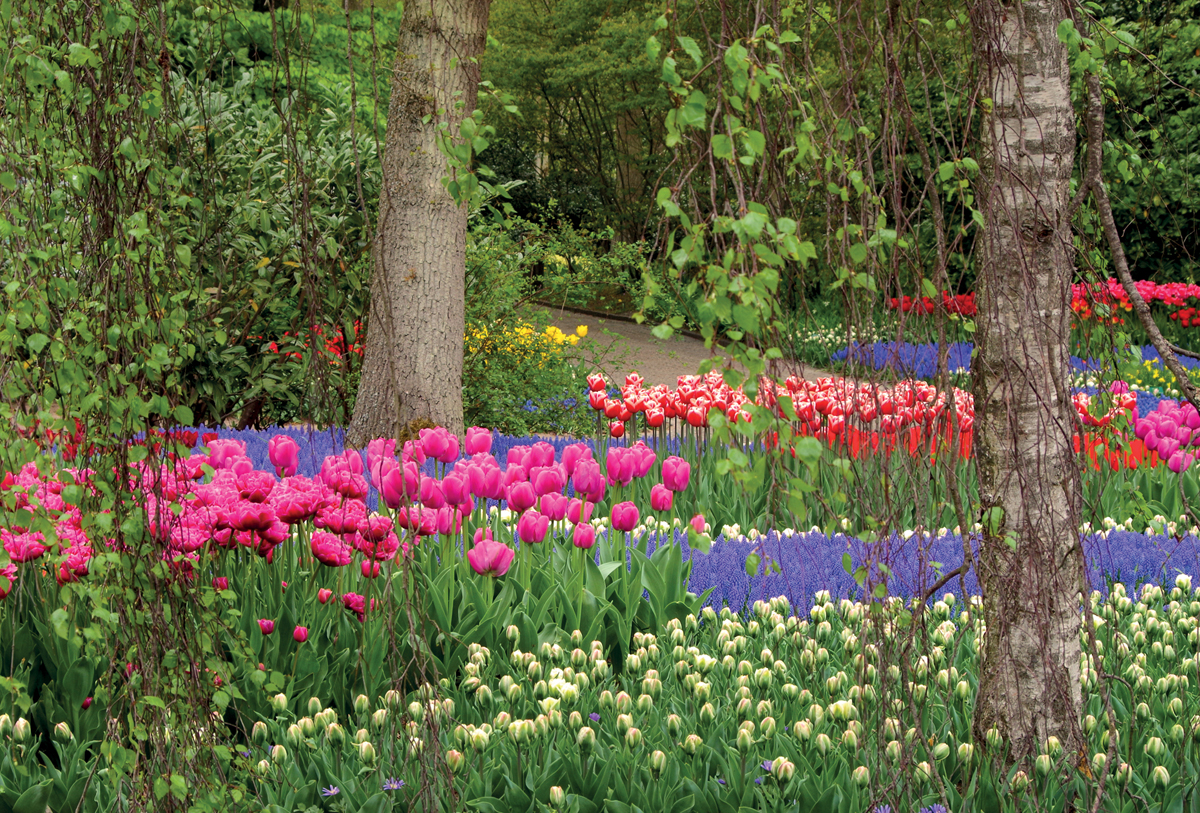
Tulips at Keukenhof
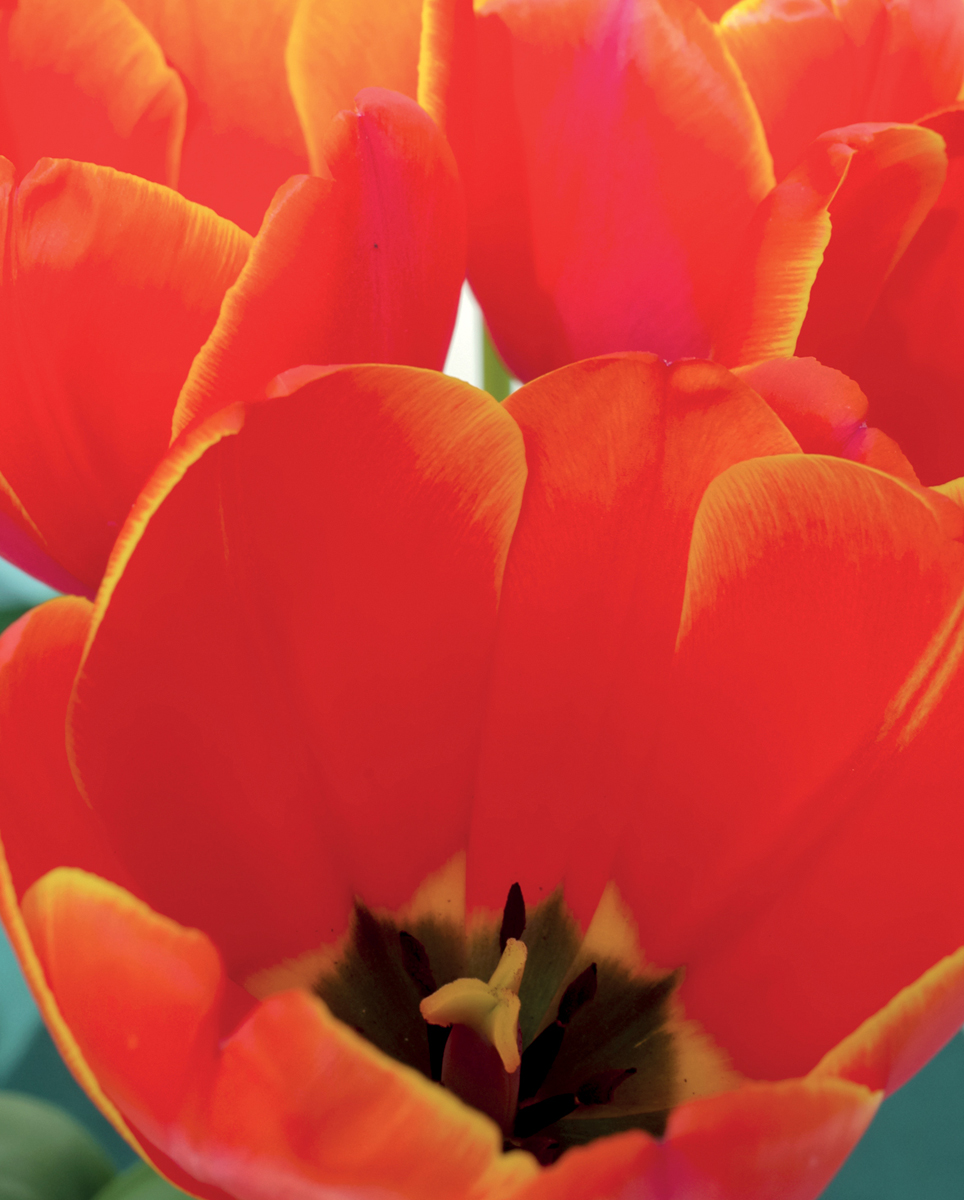
The huge flower and rich red colour of Tulipa Worlds Favourite, one of my favourite cultivars
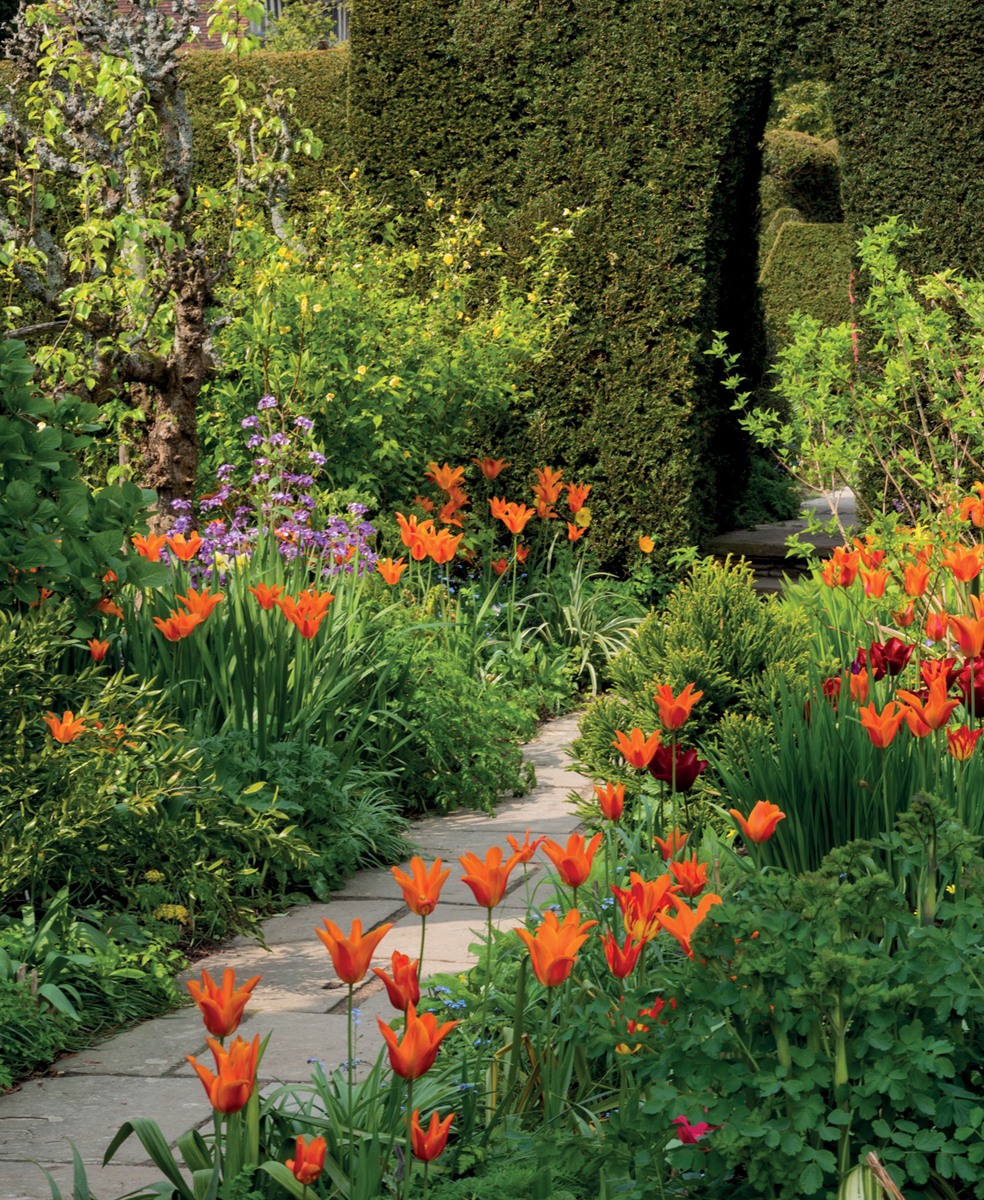
Lily-flowered tulip Ballerina along a path in the High Garden at Great Dixter
Whether you lift the bulbs for the summer or leave them in the ground, growing tulips as perennials rather than buying new bulbs every year leads to variation in their height and the size of the flower. The effect is more natural, if unpredictable, and I think that makes them even more appealing.
No other garden plant seems to arouse the passion that tulips do. It is hard to pinpoint the exact reason but the variation and continual reinventing of this glorious flower must play a part. The number of cultivars available can be daunting, but I want to give you some guidance by presenting a range of tulips in different colours, showing the various flower shapes, explaining the way the cultivars have been grouped together and, above all, providing the inspiration for you to try them yourself. You dont need a huge garden and you dont have to plant them in bedding; the different ways to grow tulips are as varied as the flowers themselves.
DESIGNING WITH TULIPS
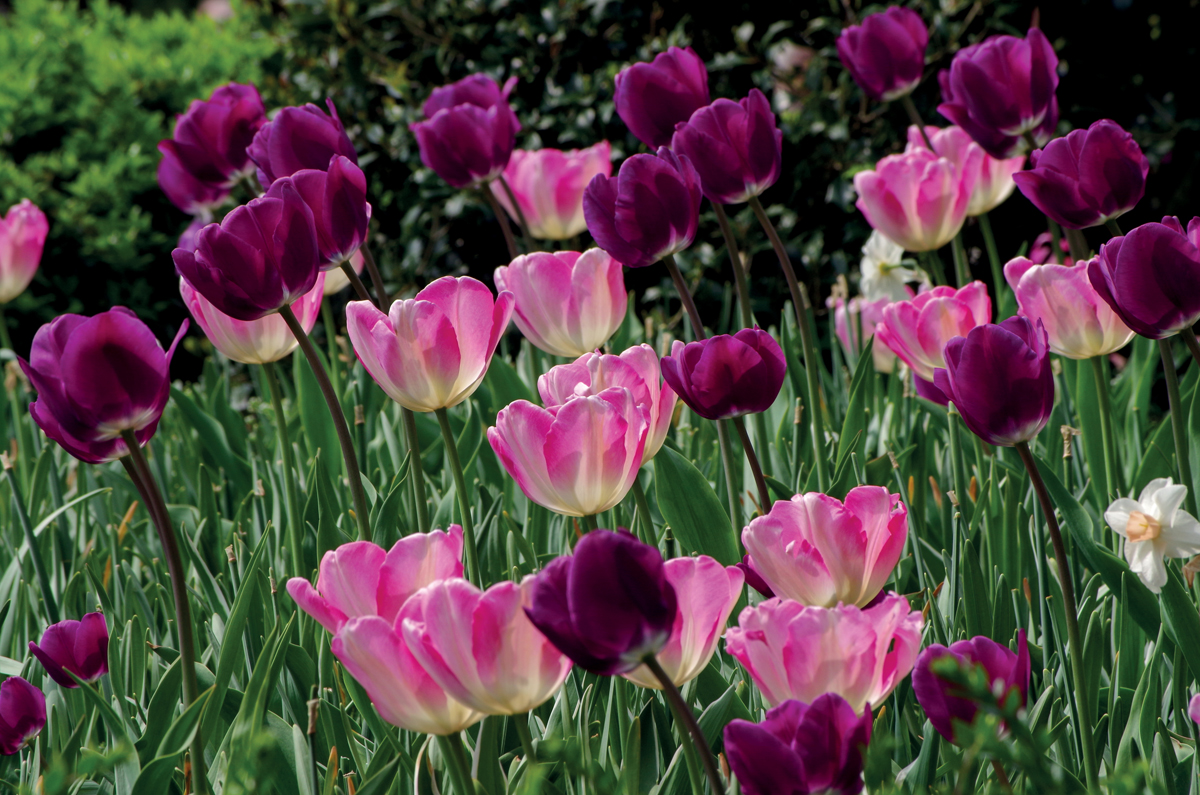
Bright, dazzling, impressive, imposing, and sumptuous, even dominatingthese are all words that can be used to describe the flowers of tulips. With names like Golden Parade, Worlds Favourite, Big Smile, and Olympic Flame, tulips are not expected to be shy and retiring. They burst upon the scene in early spring, reaching a crescendo by late spring before disappearing for the summer. They demand your attention and accommodating them in your garden will need some thought, otherwise what you imagined would be a joyous, flamboyant display might turn out to be overpowering, harsh, or even lurid.
Next page
